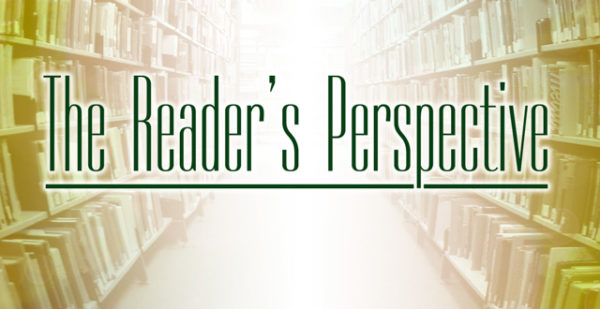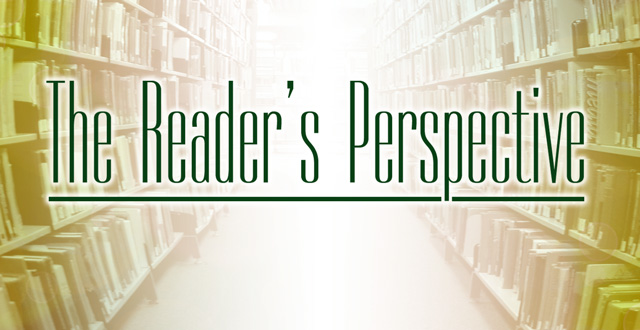Making Books for Profit
By Sheli Ellsworth
Curious about the future of publishing, I recently had the privilege of visiting a large digital printing plant that specialized in print-on-demand (POD) books. I’d been to smaller plants before and as an editor, I’ve had the privilege of shepherding several books through the publishing process. But what struck me about the book-making business was the cumbersomeness of the manufacturing process. Knowing that there are small print-on-demand machines like the Expresso Book Machine I expected an assembly line. What I saw was that even with the assistance of state of the art printers and binders, the amount of time and effort to manufacture a book is extraordinary—more craft than mass production. When I saw the following on the Aeonix Publishing site my fears were heightened—NOTICE: Due to high taxes, increasing regulation, government interference in small business, new requirements for health insurance, and a general state-sponsored “anti-business” environment, Aeonix Publishing Group has laid off all employees and has ceased business operations.
POD still seems alive and well through the Lightning Source and CreateSpace, right? The answer is yes, but for how long. We could still debate the efficacy of off-set lithography vs. digital printing for POD until the cows came home, but each process requires a certain amount of hands-on labor for trimming and binding which in the USA equates to mo’ money. This is why oversees print brokers exist. “Ah! But not the Expresso Book Machine,” you say, but after speaking with an EBM service consultant, I’m convinced that print to paper technology still has some evolutionary hurdles to climb.
 The $150k EBM is designed for runs of less than a hundred copies. According to the service representative, it takes about ten minutes to print, trim and bind the average paperback. The EBM covers aren’t laminated or coated and the cost is $5 per book plus 4.5 cents a page. For a 286-page paperback the price is 17.97, making the process out of reach for wholesale production. The EBM is the ultimate vanity press—perfect for self-publishing the limited edition for friends and family. However, the EBMs initial marketing push was for publishers to use for backlist printing. Books that were no longer in print could be resuscitated with the push of a few keys. Unfortunately, I haven’t found anyone who has ever used an EBM for this purpose.
The $150k EBM is designed for runs of less than a hundred copies. According to the service representative, it takes about ten minutes to print, trim and bind the average paperback. The EBM covers aren’t laminated or coated and the cost is $5 per book plus 4.5 cents a page. For a 286-page paperback the price is 17.97, making the process out of reach for wholesale production. The EBM is the ultimate vanity press—perfect for self-publishing the limited edition for friends and family. However, the EBMs initial marketing push was for publishers to use for backlist printing. Books that were no longer in print could be resuscitated with the push of a few keys. Unfortunately, I haven’t found anyone who has ever used an EBM for this purpose.
So is hard copy printing dead? Not for specialized print jobs. Overseas printing can be much less expensive, but because of transportation costs, it isn’t cost effective for many books. But the savings is substantial for four-color printing and specialized features like adding gold or silver gilt to covers. Children’s books, full color cook books and coffee table books are secure in the bliss that is Asian fabrication. So what happens to remainder of the genres?
The coming digital age may bring more surprises than you imagined. Forget those dusty e-readers. Laptop books can be a multimedia extravaganza. The ability to insert video clips into a story or even add sounds may appeal to a generation who claim their literary influences as video games and television. And what else is the twenty-something crowd drawn to?
At a 2012 Next Generation Expo, tweets and apps that can be accessed by cell phones ranked high on the list. What about books priced by the chapter? Remember those book and record clubs that could only be cancelled with a death notice? What if a book could be purchased on an as needed basis? “I only want the chapter that addresses the effect of chloroform on the hippocampus,” you say. What if you happen to be a T.C. Boyle fan disappointed by his last tome? Maybe you could buy the book in sections (it does seem that he writes them that way). If you are disappointed, don’t order the last ten chapters—the ultimate reader feedback! Save us all the cost of bad prose and self-published books lacking the exorcism of a good editor. The result is that some books might bring a $30 price tag, and some might be free like happy hour food (I’m speaking about a free downloaded chapter if you just want to test the water.)
But if it’s that “book club” socialization you crave, nothing can beat the sharing of crab puffs over Fifty Shades of Grey. Crab puffs aside, the success of goodreads.com proves that we don’t just want to read; we want to discuss. Reading isn’t a solitary game, it’s the give and take of ideas, the trashing of characters, its gossiping that hurts no one. Like a zero calorie chocolate malt.
The long tearful good-bye to some of our most beloved bound friends may see some light at the end of the tunnel. Digital textbooks may be the “death nell” for educational publishing. The cost of high school texts is reported to be as low as $14.99 on a digital format. Critics fear the crap that might be marketed as an educational text, which gives publishers a chance to exhale because contrary to popular belief, everyone with a computer is not a writer, or a publisher or a genius.
But it does make me feel like one.
 Sheli Ellsworth is a free-lance writer and mother of two teenagers who lives in Thousand Oaks, CA. She has a master’s degree in psychology used mainly to annoy family and friends.
Sheli Ellsworth is a free-lance writer and mother of two teenagers who lives in Thousand Oaks, CA. She has a master’s degree in psychology used mainly to annoy family and friends.
Her writing has been published in the Pacific Daily News, the Ventura County Star, BackHome magazine, Auto Week, Zone4 and she also writes Dear Miss Betty-advice for those who need to be slapped for Spotlight on Recovery.

